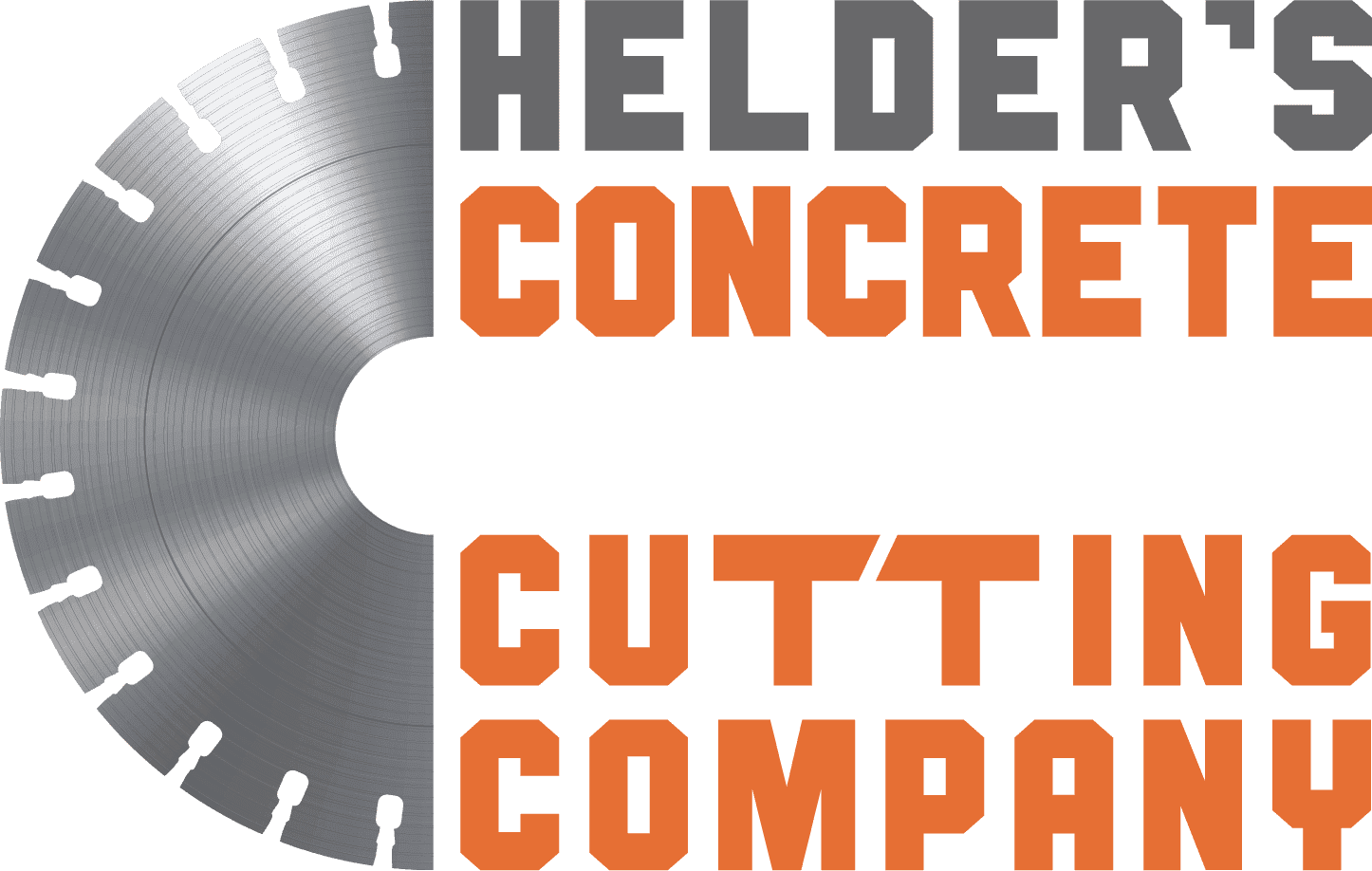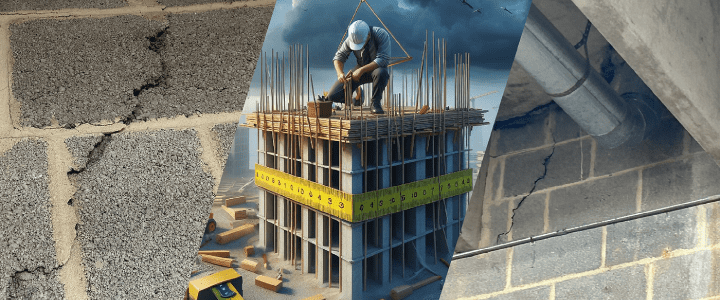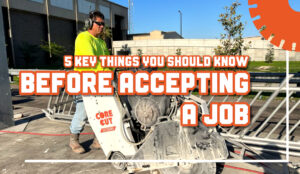The Pitfalls of Inaccurate Measurements: Imagine a scenario where a concrete cutting project begins with measurements that are slightly off. At first glance, it may seem like a minor oversight. However, as the cutting process unfolds, these discrepancies can quickly snowball into a series of costly errors. Misaligned cuts, uneven surfaces, and compromised structural integrity are just a few of the consequences that can arise from inaccurate measurements. Moreover, the repercussions of such mistakes can extend far beyond the immediate project, leading to delays, rework, and damage to the contractor’s reputation.
Efficient and Precise Cutting: The Key to Success: In the world of concrete cutting, precision is not merely a goal—it’s a necessity. Efficient and precise cutting techniques not only ensure that projects are completed on time and with in budget but also safeguard against potential structural issues down the line. From diamond saw blades to advanced cutting machinery, modern technology offers a myriad of tools to achieve the level of accuracy required for successful concrete cutting projects. By investing in the right equipment and employing skilled professionals, contractors can mitigate the risks associated with inaccurate measurements and deliver superior results that stand the test of time.
The Looming Fear of Structural Damages: Perhaps the most significant fear that looms over concrete cutting projects is the prospect of structural damages. Inaccurate measurements can compromise the integrity of a structure, leading to costly repairs, safety hazards, and legal liabilities. Whether it’s a residential renovation or a large-scale commercial project, the stakes are high when it comes to preserving the structural stability of buildings. Construction professionals must tread carefully, taking every precaution to ensure that their cutting techniques are precise and their measurements accurate, lest they risk unleashing a cascade of consequences that could have far-reaching implications.




